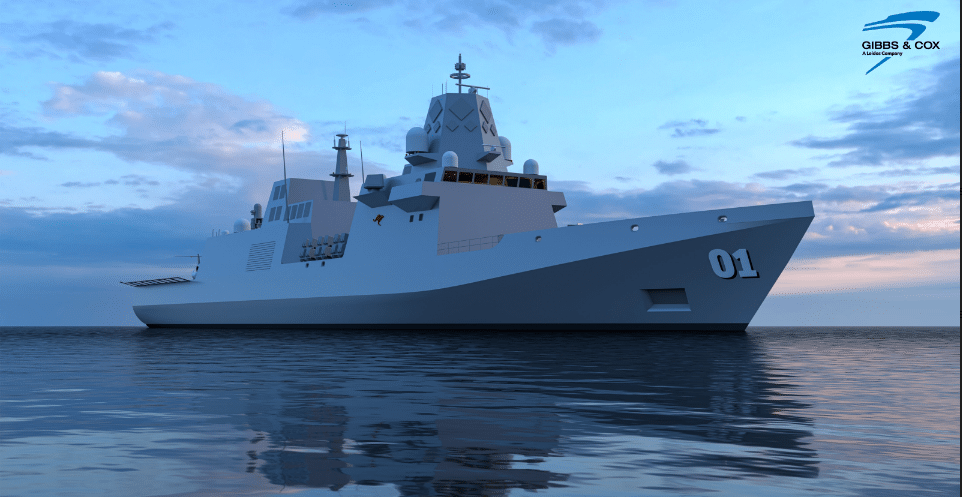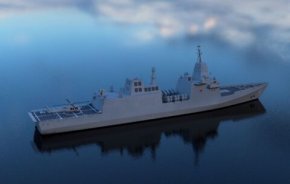I've trawled all the press releases I can find and the public version of the Surface Fleet Review itself and the government's response, and I haven't been able to find anything that refers to "No Australianisation" of the Tier 2 GP frigates.
While something might have been said verbally by the Defence Minister or the Minister for Defence Industry, it doesn't seem to have been committed to writing - I think that might be telling. I think it is more likely that there will be at least some Australianisation of the Tier 2 ships.
Even if something like "military off the shelf with no Australianisation" of the Tier 2 ships had been put in writing, which would have been extremely foolish, I just don't think it could be adhered to in practice.
At the very least, whatever the country of origin of the new Tier 2 ships, they would need to be adapted for an English-speaking crew. Can you imagine the media furore that would surround RAN personnel having to learn Japanese / Korean / German / Spanish / [insert language here] just to be able to understand and operate basic systems on board the ships, let alone navigate them safely at sea and potentially go to war in them?
Then there is the issue of supply chains - why force the creation of a whole new set of supply chains for key systems when there are existing supply chains that can be tapped into and expanded? This includes everything from radars and missiles to fire-fighting equipment to tables, chairs, beds and heads.
There is also the issue of promoting Australia's self-reliance in defence and championing Australian content, e.g. CEAFAR / CEAMOUNT, Nulka, etc. This is a political hot potato, as well as being an important military issue. Unless the key technology used in the selected design is way ahead of anything Australia can produce, there will be strong political and military reasons to prefer home-grown tech and equipment.
What I think we'll end up seeing is the hulls, key machinery and basic superstructure of first three Tier 2 GP frigates of whichever design is ultimately selected built as quickly as possible overseas, and then shipped to Australia so that the detailed fitout can be completed here. This is what was done with the LHDs - Navantia constructed the hulls up to the flight deck level, then the hulls were shipped to Australia for the fitout to be completed, including the internal fitout and island superstructure. Of course, frigates and LHDs are very different ships, but doing something similar with the first three Tier 2 GP frigates would allow Australian content to be maximised, and it would give the build team at Henderson the ability to gain some practical experience working on the ships before they embark on building the first fully Australian-built ship. What do others think?
I would suggest Australianisation is inevitable. There is however a range, with differing impacts. At the bottom end are bolt on/fitout things things like our standard damage control gear. These are simple changes and are not going to impact cost or schedule. There is a bunch like this.
In the middle are common combat systems like 9LV and the small ceafar. These are the core warfighting items, and there are strategic decisions on how we manage these. These are however mostly mature products, the parts are well integrated and they are likely one for one swaps for existing equipment on the platform. Probably not much of a problem to include however there might be some impact to cost and schedule.
The other group of changes in the middle are Australian local supply equivalents. This largelly hits hotel services, such as electrical components, sewage, bunks, hot water and the like. This is where Australian content is generally maximised, and it provides short length logistics. There is a choice to make about how much we want to go back into the local industry. These probably will add time and cost into the schedule but value adds to the community and improves in service maintainability.
At the top end are changes that alter the size, shape and weight of the base ship design, or involves equipment that is first of type. This is where much of the cost overrun and delays on the Hunter came from, such as installing the large ceafar radar. While I think this is justified on a top end platform such as the Hunter, I would suggest beware there dragons on a low cost GP platform with this approach.
So, provided we avoid changes that alter the weight, size and shape of the hull, or changes that are not already mature, then any Australianisation should be manageable and beneficial.
From my own perspective I would prefer a ship that might be a few years slower in build, but has been better worked out and is easier for a crew to operate and maintain. This will make a difference in an actual combat or damage control situation.
I personally put a lot of priority on common equipment and simplified logistics as these are important for the in-service phase of the asset (where we typically spend orders of magnitude more than the original build cost).


